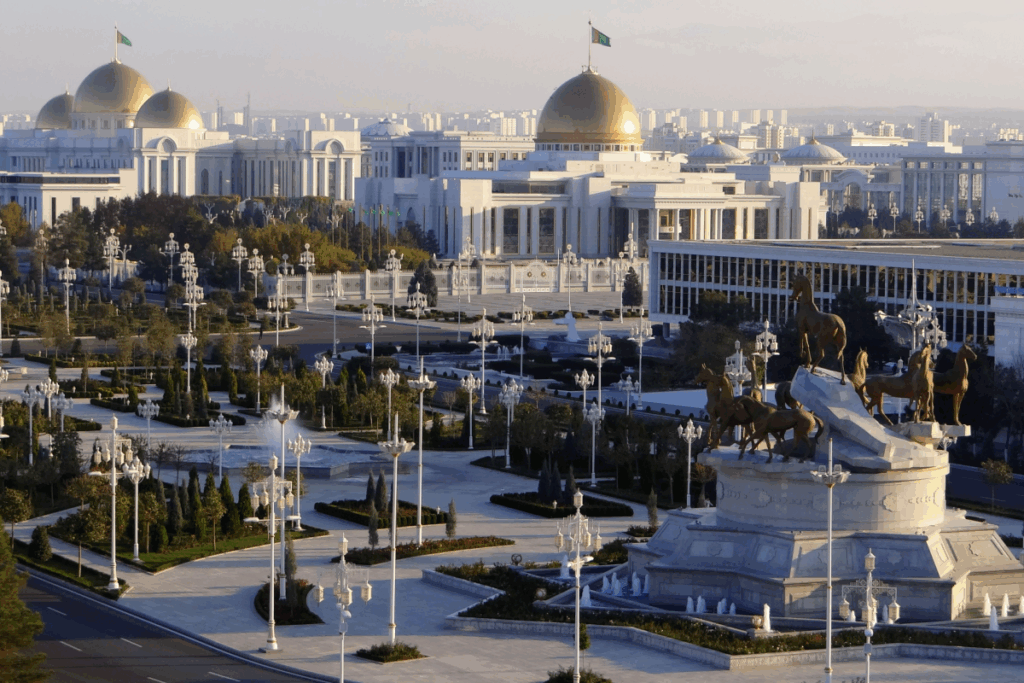Shifting Tides in Central Asia
Long known for its near-total isolation, Turkmenistan is taking steps that signal a potential shift in its approach to tourism. Once grouped with North Korea and Eritrea for its closed-door policies, the Central Asian nation has announced plans for streamlined visa regulations, sparking cautious optimism among tour operators and seasoned travelers. While the implementation timeline remains unclear, the country’s pledge to remove the longstanding Letter of Introduction requirement could dramatically improve accessibility.
Travel companies such as UK-based Lupine Travel report that details on the reform remain scarce. However, should the proposed online application system materialize, it would mark a significant break from decades of strict entry control. Travelers will still require a local sponsor, typically a guided tour, but reduced bureaucracy and faster approvals are expected to attract new visitors to this enigmatic country.
Beyond the Darvaza Crater
For years, Turkmenistan’s main draw has been the Darvaza Gas Crater, a vast burning sinkhole in the Karakum Desert dubbed the “Gates of Hell.” Created accidentally during Soviet-era gas exploration, the crater has been ablaze for over half a century. Today, travelers reach the site in off-road convoys, spending nights in nearby yurt camps before approaching the crater after dark to experience its searing heat and otherworldly glow.
However, the crater’s flames are diminishing, prompting concerns that this natural spectacle may soon extinguish. Still, Turkmenistan has more to offer. From ancient Silk Road cities to grand modern monuments in Ashgabat, the country blends history, Soviet legacy, and national symbolism into a unique cultural landscape. UNESCO sites like Merv and Kunya-Urgench, and the Parthian Fortresses of Nisa, offer rich historical narratives rarely seen by international tourists.
A Surreal Capital and Ancient Legacy
Ashgabat, the capital, is a city of striking contrasts. Known for its gleaming white marble buildings, golden statues, and bizarrely empty avenues, it has earned a reputation as one of the world’s most unusual capitals. Structures are often shaped to match their function — a giant lighter marks the Ministry of Oil and Gas, while the national stadium features a colossal horse’s head. Guinness World Records have recognized the city’s architectural feats, including the largest indoor Ferris wheel.
Visitors to Ashgabat can explore local culture at the Russian Bazaar, where caviar from the Caspian Sea is sold alongside traditional Central Asian cuisine. Despite limited nightlife, Western-style pubs like Clever’s Irish Pub offer a glimpse of familiar comforts. Outside the capital, the hospitality of rural Turkmens remains one of the country’s hidden gems. According to writer Erika Fatland, whose travels inspired books on the region, encounters in the countryside are often marked by generosity — and frequent servings of fermented camel milk, the national drink.
From Soviet Control to Modern Change
Ironically, travel to Turkmenistan was easier during the Soviet Union, when the state-run Intourist agency organized supervised visits across the USSR. In the 1930s, foreign tourists could join multi-day journeys across Central Asia, including stops in Ashgabat. Tourism gradually increased through the Cold War, but Turkmenistan charted a different course after independence in 1991.
Led by Saparmurat Niyazov, the country embraced an authoritarian model heavily influenced by Soviet governance. Tourism remained tightly regulated, with foreign visitors confined to orchestrated tours showcasing only what the government approved. Despite vast gas reserves that funded self-reliance, this isolation limited economic growth and external engagement.
Recent indicators, including the Bertelsmann Transformation Index, suggest the Turkmen economy has struggled for nearly a decade. Seeking to reverse this trend, the government is looking toward foreign investment and trade, including recent energy agreements with Turkey and Iran. Liberalizing tourism may be part of this broader strategy.
A Regional Shift in Tourism
Neighboring Uzbekistan and Kazakhstan have already reaped the benefits of opening their borders. Uzbekistan, in particular, saw a surge in tourism after simplifying visa rules following the death of President Islam Karimov. Turkmenistan appears to be watching closely. Observers believe the current government hopes to emulate this success, recognizing the untapped potential of tourism to diversify its economy and increase foreign exchange reserves.
While skepticism remains about how quickly and fully reforms will be implemented, the signals are clear: Turkmenistan is beginning to look outward. For a country often shrouded in mystery, even a slight loosening of its borders marks a significant step toward greater global engagement.



